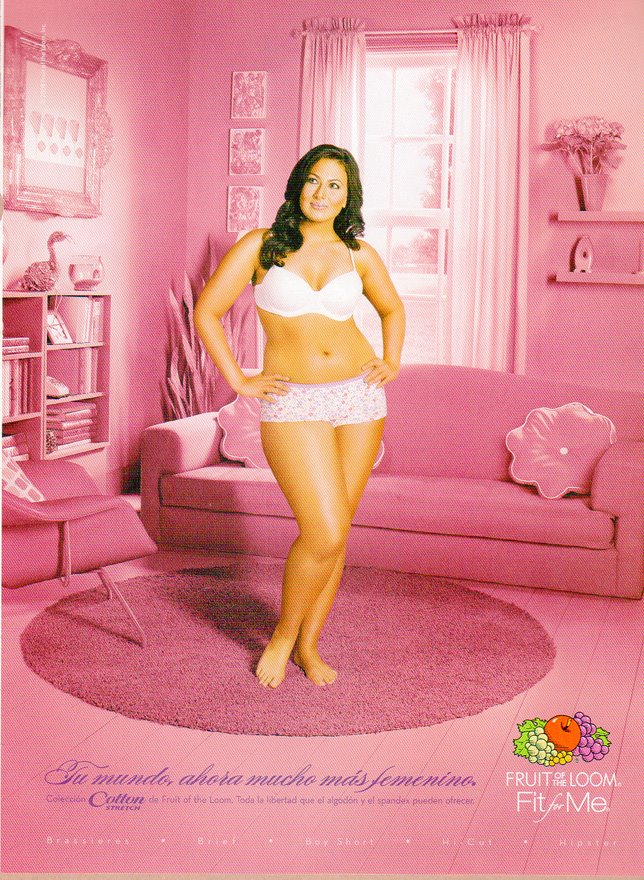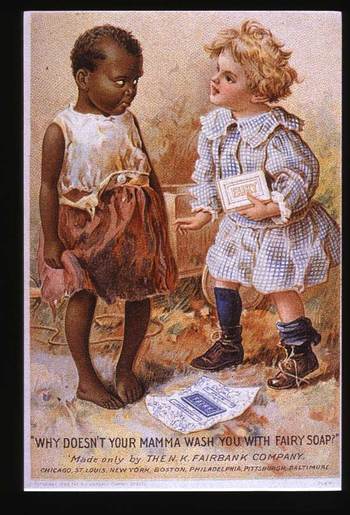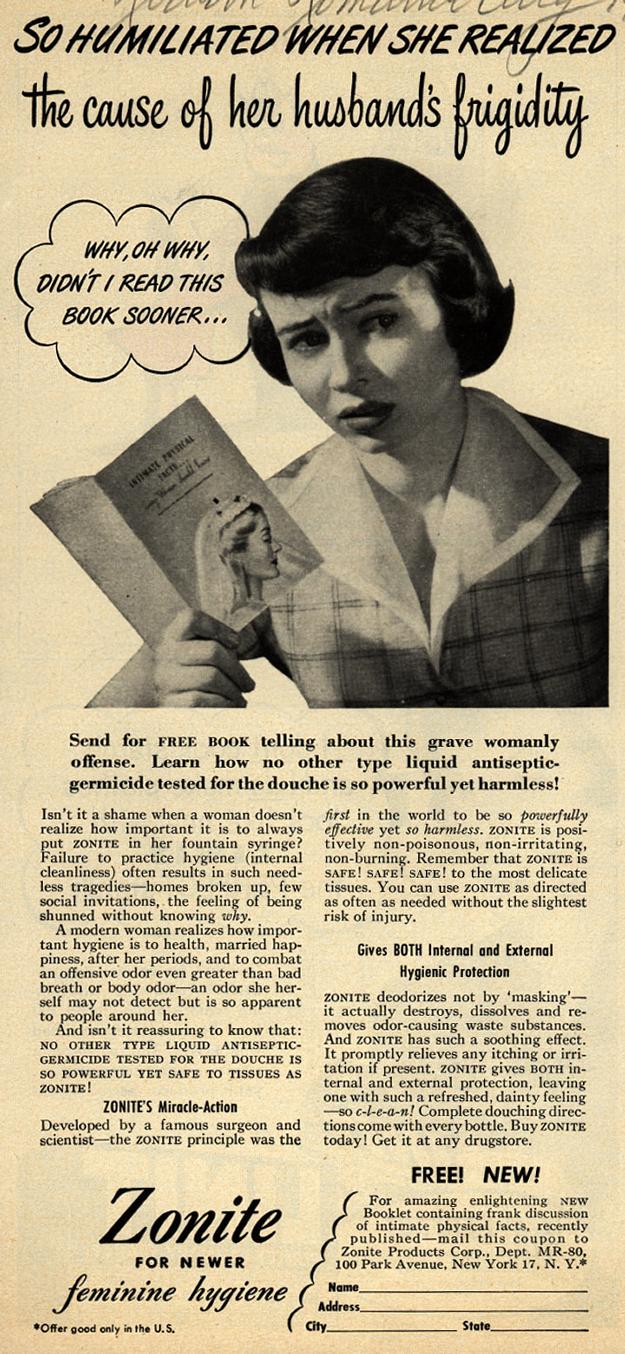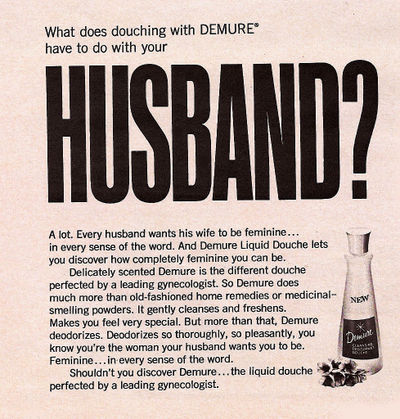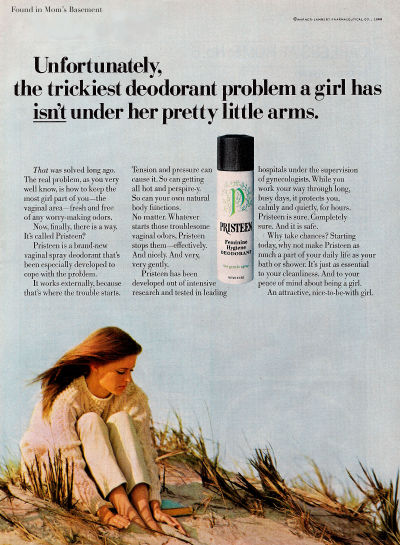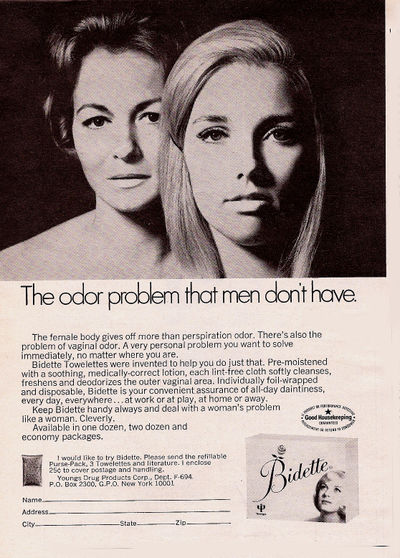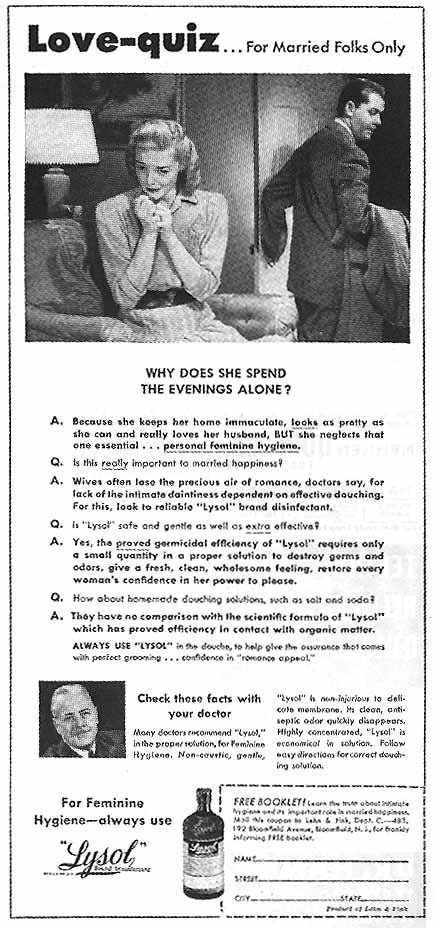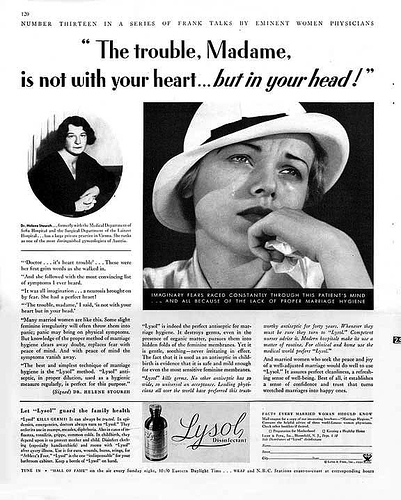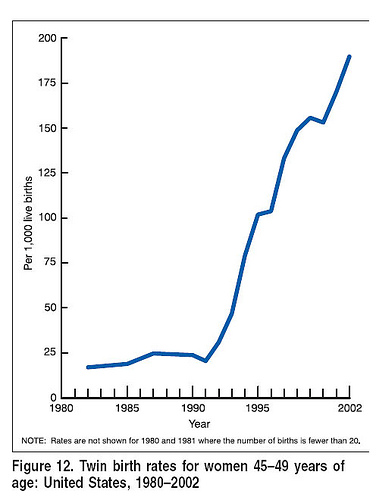Multicult Classics posted these two Spanish-language Fruit of the Loom ads. They are an extra nice example of the way that color is used to communicate gender:
Text: “Your world, now much more feminine.”
See also this post of kids with their stuff, these pictures of the Toys ‘R Us aisles, these breast cancer PSAs, and these guns marketed to women.
It’s obvious to us, today, that pink is for girls. But it wasn’t until about the 1950s that our current gendered color scheme became widely accepted. Before that, the colors were reversed. In this excerpt for a vintage advice column (found here), we learn that:
“…the generally accepted rule is pink for the boy and blue for the girl. The reason is that pink being a more decided and stronger color, is more suitable for the boy; while blue, which is more delicate and dainty is prettier for the girl.”

